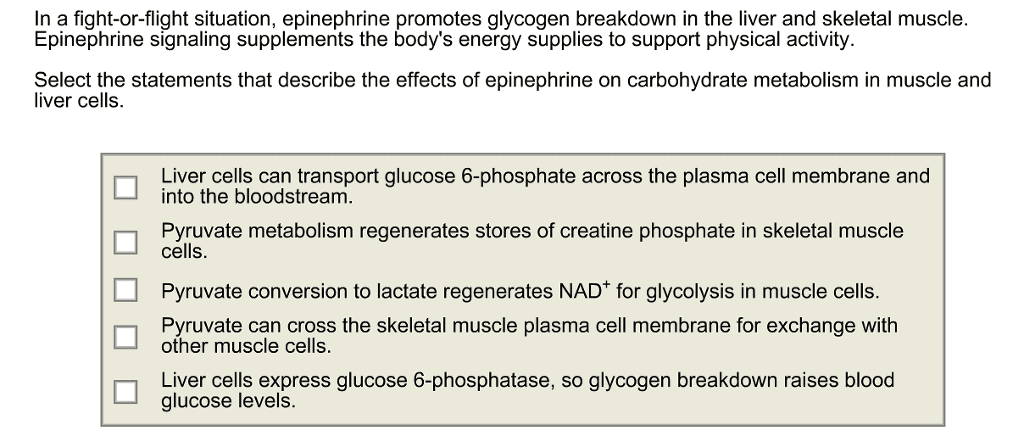BIOC 3300 Lecture Notes - Lecture 4: Glycogen Phosphorylase, Glycogen Synthase, Pyridoxal Phosphate
Document Summary
About 2-8% of liver weight is glycogen: the major energy source for contraction of skeletal muscle, the major energy source stored in the liver to maintain blood glucose. Phosphorolysis of -1,4-glycosidic linkages of the glycogen polymer. Catalyses the reaction releasing glucose-1-p from the non-reducing end of glycogen. Cannot break down 1,6 linkages at branch points. Phosphorylase stops at a point 4 glucose residues away from the branchpoint. Released ppi is hydrolysed to 2pi by abundant pyrophosphatase, driving reaction to ompletion. The reaction is a phosphoanhydride exchange in which the phosphoryl oxygen of g1p attacks the phosphorus atom of utp to form udpg and release ppi. The ppi is rapidly hydrolyzed by inorganic pyrophosphatase. Glycogen assembly is initiated by addition of a short chain (up to 8) of glucose residues onto the protein glycogenin. glycogenin-glucose chains serve as. primers for glycogen synthase to extend with additional udpglucose units. Lec 4 slides - glycogen metabolism and gluconeogenesis.



